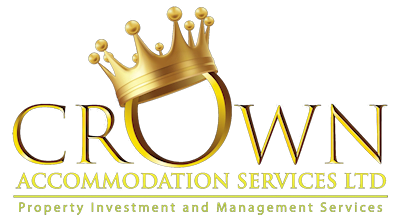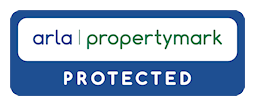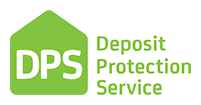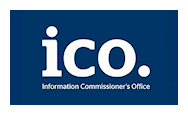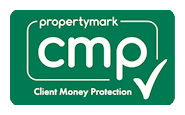Crown Accommodation Services Ltd
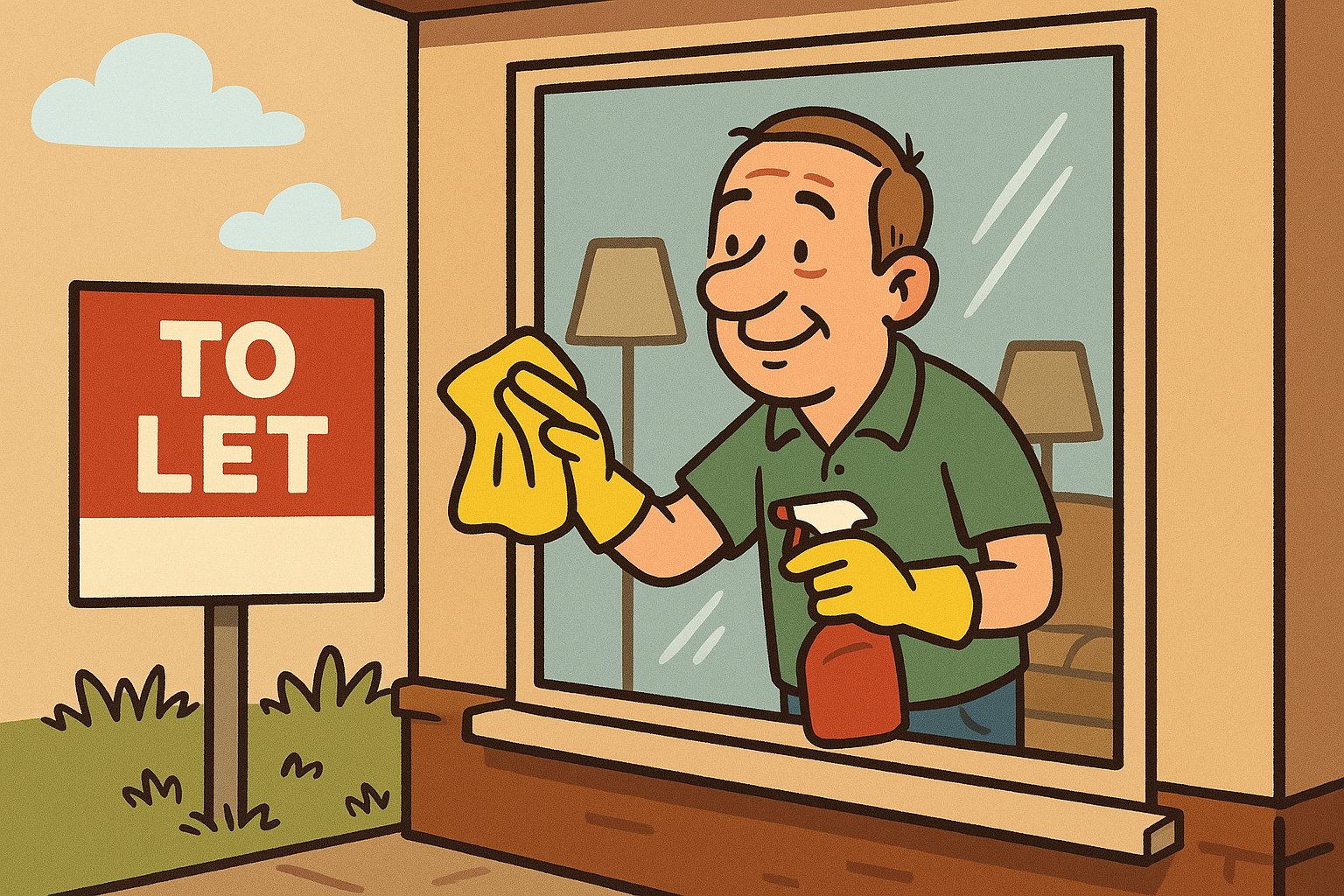
As residential landlords, we have many responsibilities including getting our properties ready to let. Some of these requirements are basic common sense steps if we want to attract good quality tenants and achieve market rents. Other requirements are mandatory to meet an ever-growing list of national and local regulations.
Mortgage & Insurance
If a property is mortgaged, the lender must be informed of the “intended purpose” for the property. Usually, a rental property would have a “buy-to-let” mortgage, but if the property was previously your principal private residence, the mortgage lender must give written “consent to let” before it can be let.
Mortgage lenders also require properties to be correctly and adequately insured, so insurers must also be informed of the “use” of the property. Mortgages and insurance are inextricably linked, and if one is incorrect, both could be invalid.
EPC Ratings
At the time of writing, a rental property must have an EPC (Energy Performance Certificate) with a minimum rating of E (unless there are specific exemptions applied to that property). UK Government has ambitions to raise this to a minimum rating of C for all new tenancies from 2028 (and existing tenancies from 2030).
The impact of this change means that many landlords will need to invest in improvements that will enhance a property’s energy efficiency. Common improvements include:
- Insulation of walls and roof space
- Energy efficient boiler
- Installing solar panels
- Improved double glazing
Gas/Electric Safety
A valid Landlord Gas Safety Certificate and Electrical Inspection Condition Report (EICR) are required before letting. These must be carried out by registered and qualified professionals.
The gas safety inspections must be passed annually and the EICR every 5 years.
Smoke Alarms
All rental properties must have a working Smoke Alarm on each “habitable” floor, and a Carbon Monoxide Alarm suitably positioned in any room with an appliance which uses fossil fuels. Although not yet a legal requirement, we recommend that smoke alarms, CO alarms, and heat detectors in kitchens be hard-wired (to the mains) and interlinked. This covers all contingencies and any future legislation changes.
Legionella Risk Assessment
Is required to identify and control any risks associated with legionella bacteria in water systems. This includes examining water systems for stagnant water, temperatures between 20 and 45 degrees, and areas with scale build up. Very few properties now have open water tanks, but where a property has been vacant for several months, the water systems will need flushing and shower and tap heads cleaning as an example.
Licensing
Check the local authority website to determine if a license is required before letting. Some properties have a mandatory requirement for licensing (HMOs with 5 or more bedrooms for example), but many local authorities also operate “selective licensing” and “additional licensing” systems. The license holder can be the property owner or the managing agent.
Target Market
Thought must be given to the type of tenants desired, and the property presented to meet the requirements of that target market. For example:
- Inclusion of white goods?
- Furnished or unfurnished?
- Bath, shower, or both?
- Type and style of window coverings?
- Accessibility for people with disabilities?
Accounting & Tax
If a rental property is owned in personal name(s), then income earned is regarded as “earned” and attracts income tax liabilities. It is advisable to keep accurate records of rental property related income and expenditure (and even use a dedicated bank account).
Where the gross income threshold is reached, landlords will be required to:
- Maintain digital accounting records in a software product or spreadsheet, and
- Submit quarterly updates to HMRC and finalise their tax position after the end of the tax year. These will need to be submitted using a functional compatible software product.


